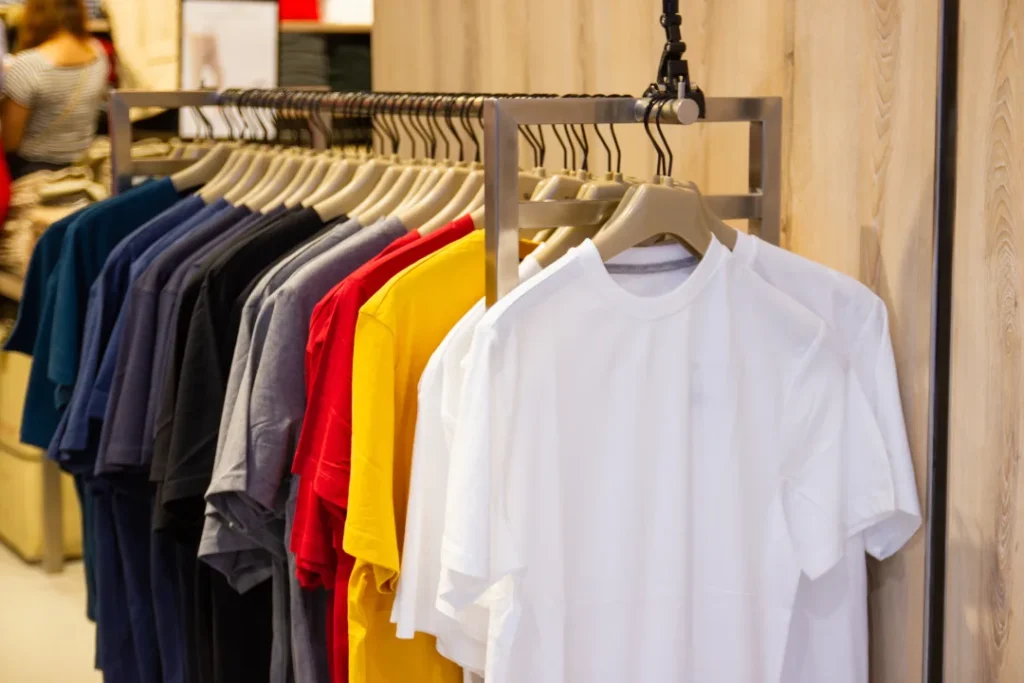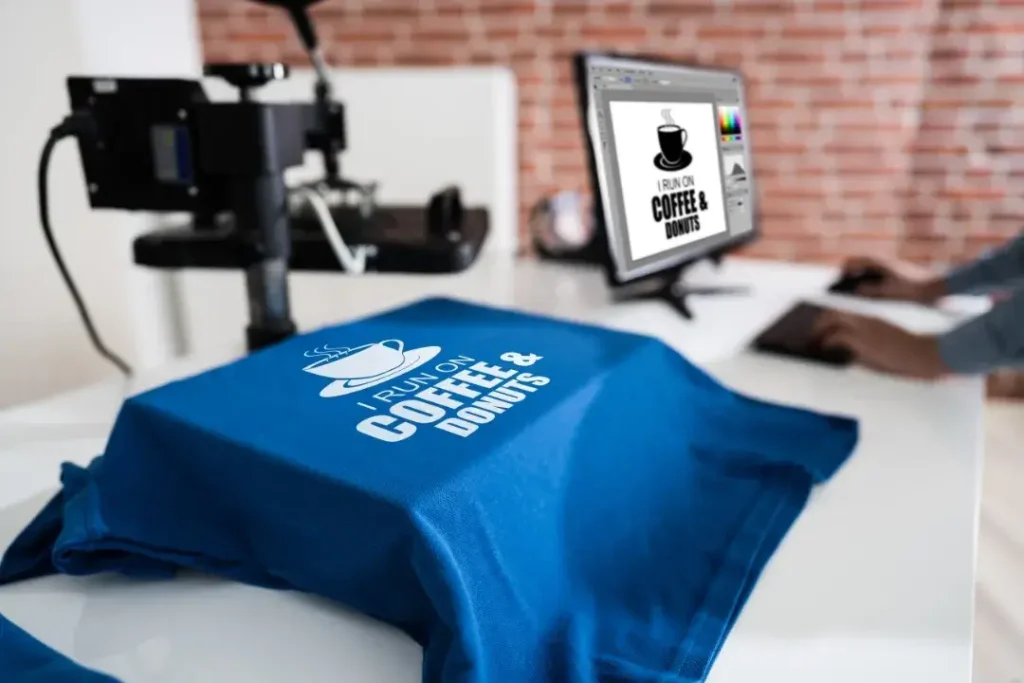How to Negotiate with Wholesale Clothing Suppliers in Pakistan and Maximize Your Profit Margins
Ever found a great product and a promising supplier, only for everything to fall apart when you talk price or delivery terms? That’s a common story. Many clothing startups and even growing brands approach wholesale clothing suppliers in Pakistan excited but unprepared. They don’t ask the right questions, overlook key costs, or miss red flags. The result? Deals that hurt more than help.
The problem is that the negotiating is about more than just obtaining the best deal. It all comes down to establishing clear guidelines, understanding what is reasonable, and fostering enduring connections. We will go over exactly how to contact suppliers, ask the proper questions, and safeguard your margins without causing any rifts in this tutorial.
1. Know the Basics of Production Costs
Before you talk numbers with wholesale clothing suppliers in Pakistan, understand what drives the cost of your item:
- Fabric and material quality
- Labor costs in Pakistan
- Design complexity (prints, embroidery, finishes)
- Labels, tags, and packaging
- Freight and customs fees
Once you understand the average breakdown, you’ll be able to spot if a quote is way off or too good to be true.

2. Make Your Inquiry Clear and Specific
Uncertain communications are ignored by suppliers. Be precise about everything. Say something like, “We are planning a 500-piece drop of 220gsm cotton T-shirts, DTG-printed, individually packaged,” rather than, “I need shirts.” Can we discuss order terms, lead time, and pricing?
Such a message demonstrates professionalism. It enables the provider to react appropriately and treat your company with respect.

3. Ask Strategic Questions Early
Ask the Kind of Questions That Open Doors
Want to find where there’s room to negotiate? Start by asking questions that give you insight into how the supplier operates. For example:
- “Is this fabric something you usually keep in stock, or does it change with the season?”
- “Can you show me samples or photos of similar products you’ve made for other clients?”
- “What’s your typical turnaround time if I place an order for 1000 units?”
- “Do you offer different rates at certain times of the year, or for repeat buyers?”
These questions help you understand their flexibility and where you might have room to adjust your offer.

4. Consider More Than Just the Price Per Piece
While a cheaper price is fantastic, it is not the only factor. Try haggling rather than going for the lowest price:
- Better payment schedules (e.g., partial upfront)
- Free sampling or revisions
- Bulk packaging instead of individual
- Faster shipping or production
Value is more than just money. The right extras can be worth just as much.

5. Use Volume to Your Advantage
Even if your first order is small, hint at your growth. Suppliers love long-term buyers.
“This first run is 300 units, but we’re scaling monthly. Can we lock in a better rate if we reach 1500 per month?”
That shows them you’re serious. Many wholesale clothing suppliers in Pakistan are more flexible when they see future business.

6. Be Upfront, But Keep Some Wiggle Room
Tell the supplier what you need, but don’t reveal everything. Don’t share your final resale price. Don’t lead with your highest budget.
Instead, say:
“We’re aiming for $5.80 per piece. Let us know what’s possible within these specs.”
Now you’ve got room to move if needed.

7. Deal with Pushback the Right Way
If a supplier pushes back:
“We can’t do it below $6.50.”
You can respond:
“If we increase the order size and skip woven labels, can you bring it closer to $5.90?”
It’s not about winning. It’s about adjusting until both sides get what they need.

8. Get It All in Writing
Once everything is discussed, write it all down:
- Quantity
- Fabric and material details
- Sizing, trims, and packaging
- Price per unit
- Delivery date
- Payment terms
Emails work, but contracts are better. This avoids confusion later.

9. Test the Waters First
Don’t jump straight into a massive order. Start with a small test batch:
- Review the stitching and quality
- Double-check size consistency
- See how they handle communication and timelines
A good sample run builds trust and catches problems early.

10. Build the Relationship
Good suppliers aren’t just vendors. They’re partners.
- Keep them updated
- Share your feedback
- Be honest if you have issues
- Treat them like part of your team
You’ll get better service, better pricing, and more flexibility when suppliers know you’re reliable too.

Closing Thought:
The goal of negotiation is not conflict. Negotiation with wholesale clothing suppliers in Pakistan all comes down to preparedness, respect, and clarity. The correct strategy will result in lower costs, more seamless delivery, and collaborations that genuinely support the expansion of your brand when working with Pakistani wholesale apparel suppliers.
Frequently Asked Questions
Sure, but just be flexible with terms and timelines and provide precise specifications.
Not usually. It is only the beginning.
Make use of plain, lucid text and images. WhatsApp functions effectively.
Absolutely. Before you take a significant step, always test.
No. Do not discuss that.
Get a refund or a remedy by using your written agreement.
